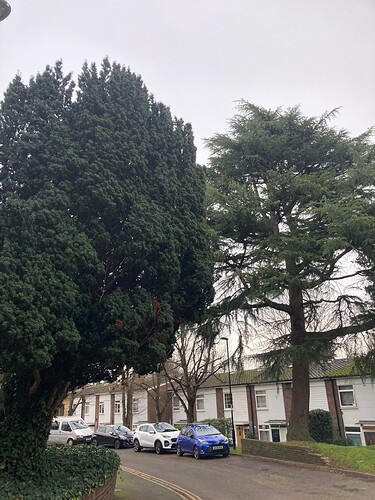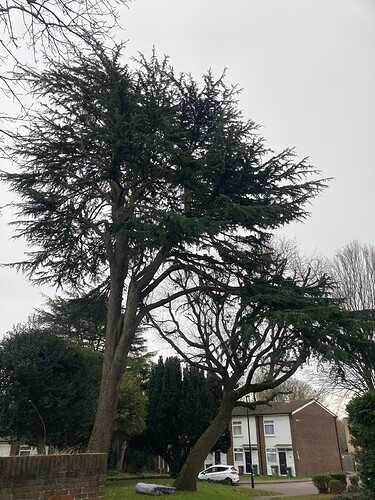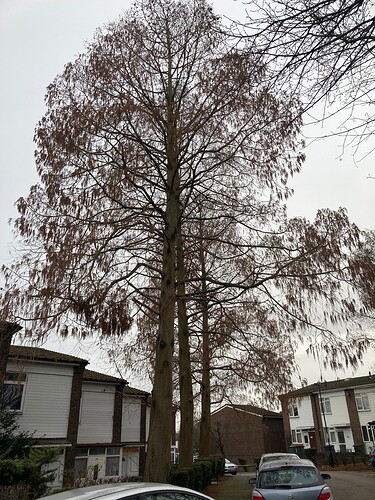I was listening to the radio the other day about the Ginkgo trees in Hiroshima that survived the nuclear blast and started to regrow years after in some cases. Now some of these seeds have been sent around the world from these very same trees to be planted for the purposes of education, hope and I’m sure many other things. I’m sure they know already, but I’m going to write to the Horniman Museum to see if they could grow a seed and plant one (if they have not already) - seems like the perfect place locally.
It got me thinking do we have any special trees in and around SE23? I know we have the Oak on One Tree Hill, though I don’t be believe that’s the original.
Are there any ‘special’ trees due to age, size, history, association etc in our area?


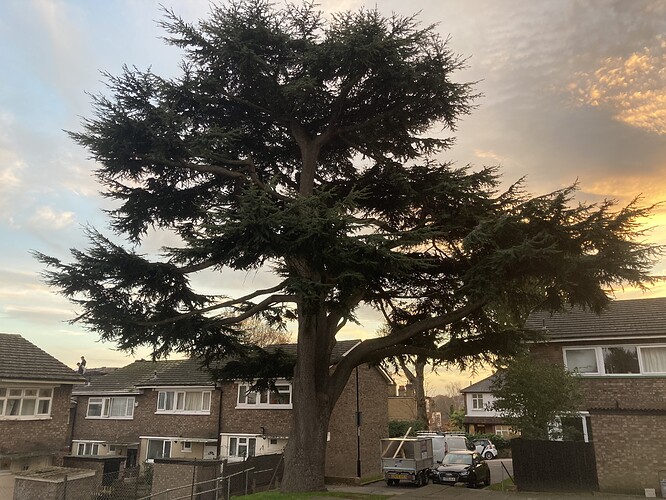

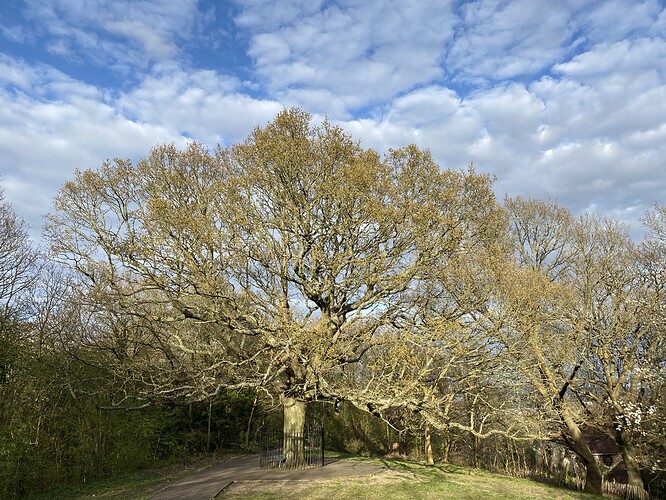


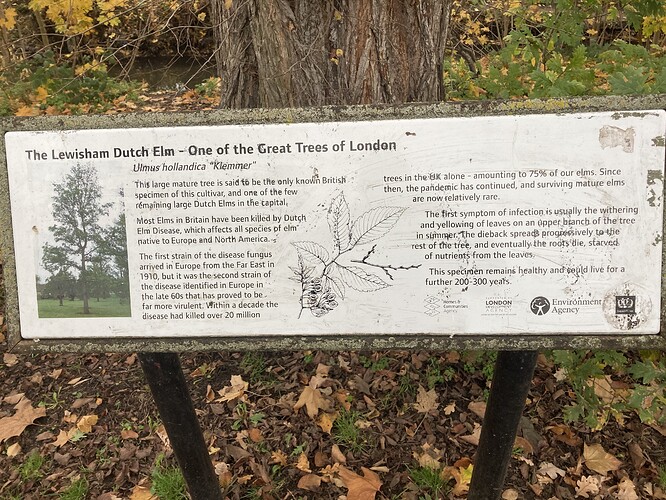
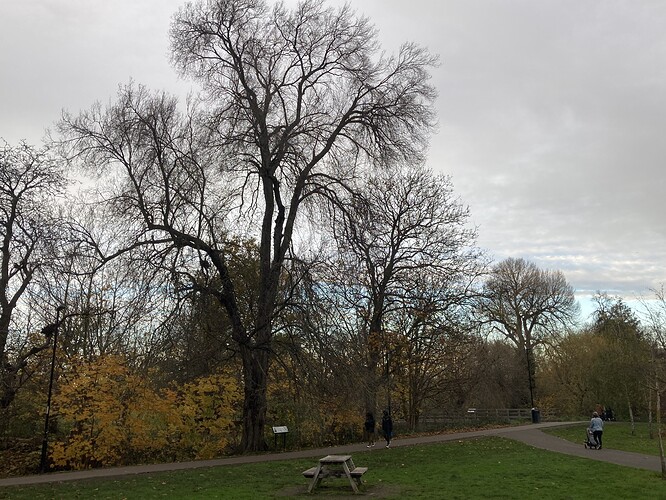
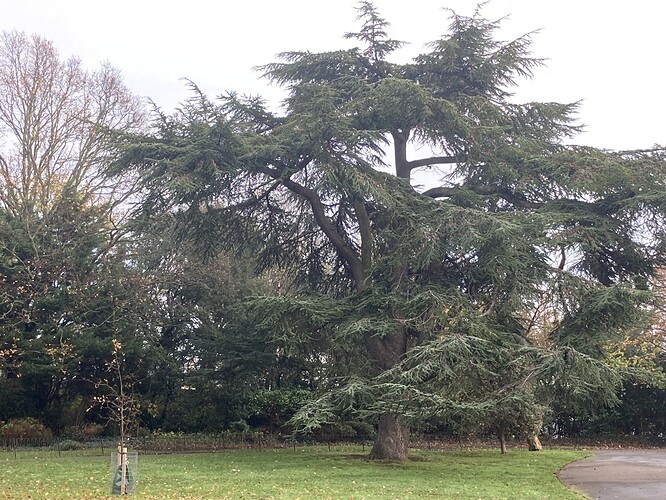
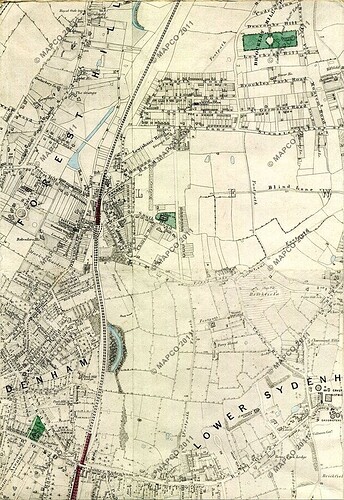
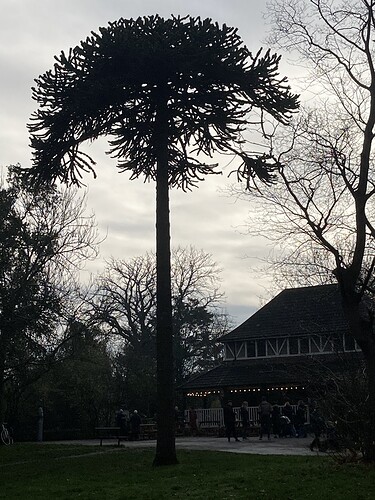

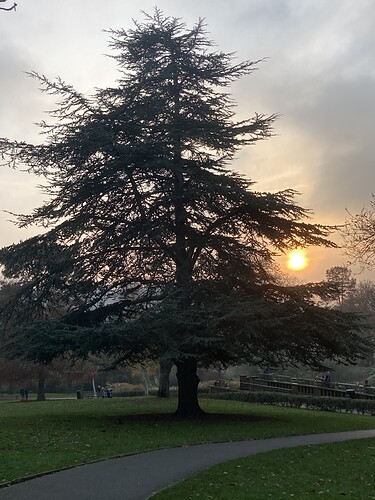

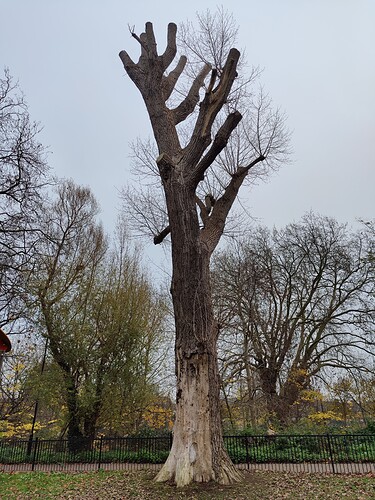
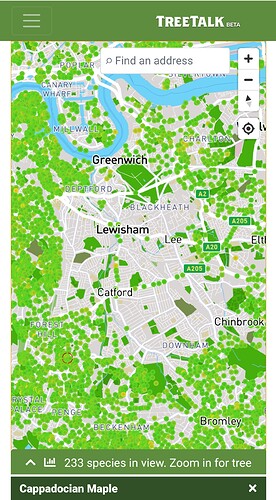
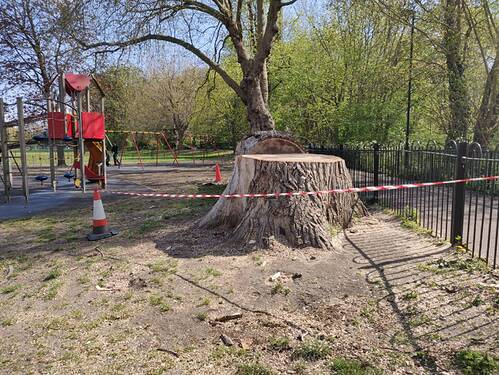


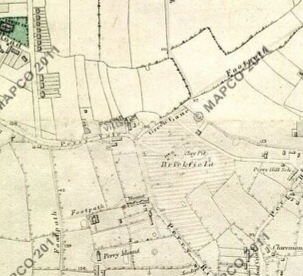 ğ
ğ